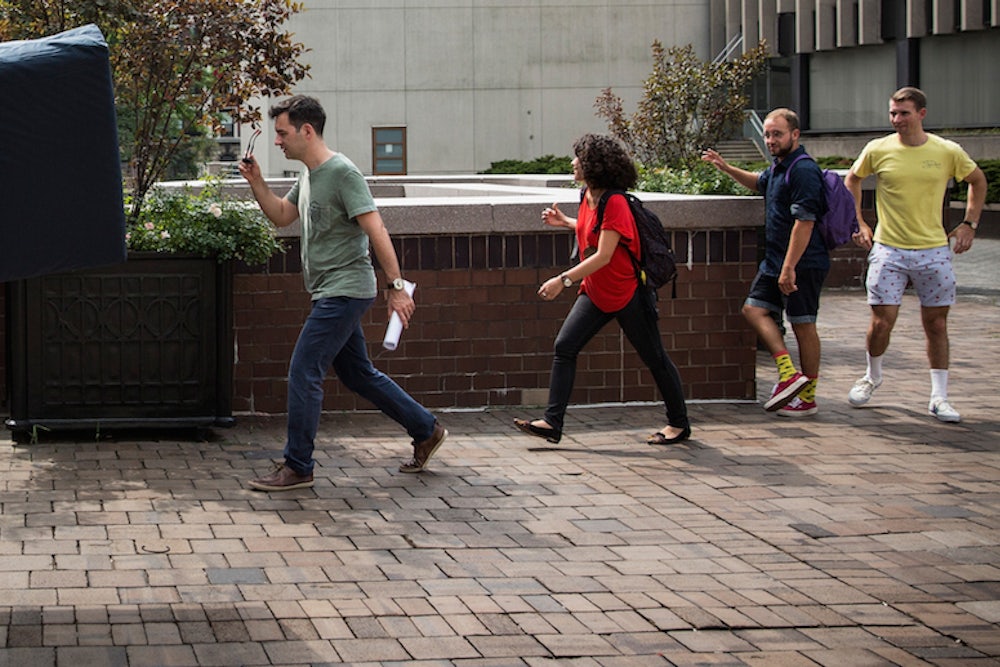Campus sexual assault has gained widespread national attention in recent months. This week, a Senate Judiciary subcommittee held a hearing to discuss law enforcement’s role in addressing campus rape. Meanwhile, the unraveling Rolling Stone article about an alleged gang rape at UVA only ratcheted up conversations about the topic.
But a report released today by the Department of Justice reveals that, among young women aged 18-24, non-students were more likely to be victims of sexual assault than students. Women who are students are five times more likely to be sexually assaulted than the general population, but women who aren’t students are six times more likely, says Scott Berkowitz, President and Founder of the Rape Abuse & Incest National Network (RAINN). “This report shows that the situation with colleges is indeed bad, but plenty of people never get to go to college, and the risk for them is equal or worse,” he says.
An oft-cited 2000 Justice Department report on campus sexual assault stated that colleges are “hot beds for criminal activity,” but today’s report shows students are no more vulnerable than non-students. In fact, in this one respect, they are slightly less vulnerable. So why all of the attention to college rape in particular? Well, plenty of reports since the one in 2000 have supported the claim that college students are at a greater risk from sexual violence than women of comparable ages in the general population. In a report from January, The White House Council on Women and Girls writes that “college students are especially at risk,” then cites two studies conducted in 2007 and 2009 and published by the Justice Department and the Journal of American College Health, respectively.
The problem is that those studies don’t directly compare college students and non-college students either: In both studies, the populations surveyed are exclusively made up of college students. Those reports cite yet other reports to prove that college students are, in fact, more vulnerable. But those cited reports (which are as dated as 1987) all have the same problem: none of them actually compare the incidence of rape between those in college and not.
This is not to minimize the importance of combatting sexual assault on campus. All of those reports relay stomach-churning findings about the prevalence of campus rape. But young women who are not in college—perhaps a more vulnerable population—do not directly benefit from the attention recently paid to campus rape. These victims have been marginalized by the current national narrative on sexual assault, which seems to require a college degree as a prerequisite for being heard.
